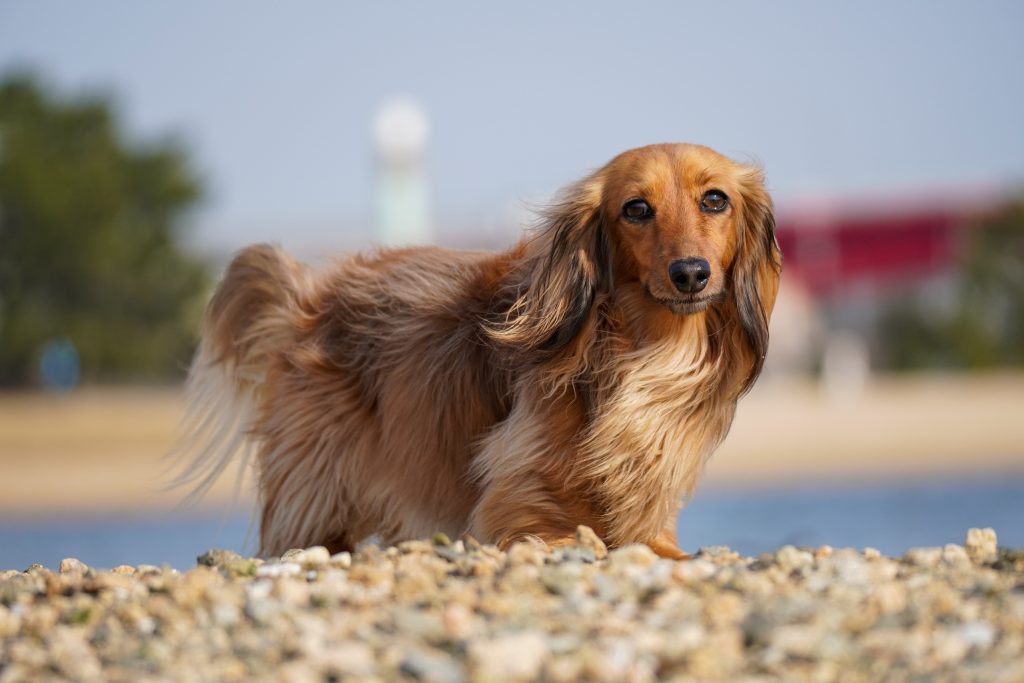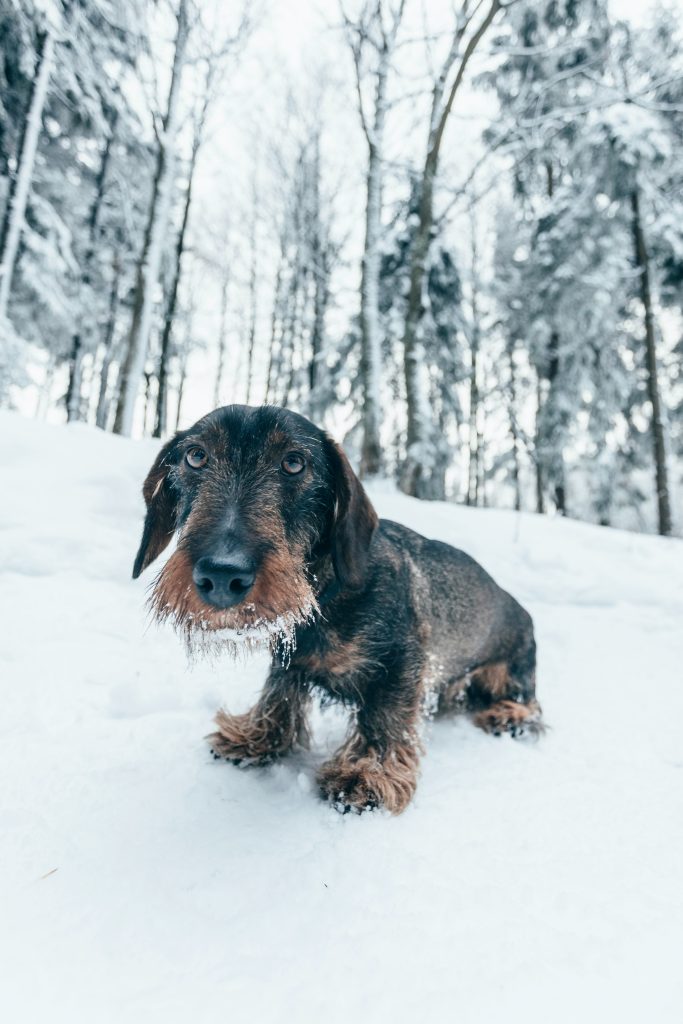The Dachshund is one of the most iconic dog breeds today. Their striking silhouettes and big personalities have endeared them to many dog owners the world over. If you’re considering bringing home a Dachshund puppy, you’ll also have to consider the Dachshund variety you’re going to get. There are three types of Dachshund – there are many commonalities between the types, but certain traits have been passed down to each one from their predecessors, making each type pretty unique in their own right.
Smooth Dachshunds

The Smooth Dachshund is what most people see when they imagine a Dachshund. Dachshunds were originally bred to hunt badgers, mice, and other small animals. Their coat is short, smooth glossy, which is exactly the type of fur they need to burrow underground and hunt their intended prey. This type is usually low-maintenance, only requiring occasional brushing and baths.
This is the Dachshund type that most closely resembles the original hunting Dachshunds. They can be very vocal, so training them to be quiet may be necessary if you live in a crowded apartment building or condominium. Smooth Dachshunds may sometimes be territorial, but their small size means they aren’t suited to be guard dogs.
The breed has become more of a companion dog now, and their loyalty and affection toward their humans makes them great family pets. However, Smooth Dachshunds still retain some of the tenaciousness and hunting instinct of their ancestors. Some Smooth Dachshunds may feel the urge to dig holes in the same way that hunting Dachshunds did hundreds of years ago. They also tend to be very persistent and intelligent animals, making them well-suited to obedience training.
Long-haired Dachshunds

There is some debate as to how the Long-haired Dachshund variant came about. Some people say that naturally longer-haired Smooth Dachshunds were bred together, and eventually the Long-haired Dachshunds were born. Others say that this variant is a result of crossbreeding with Cocker Spaniels. No matter the case, Long-haired Dachshunds are just as adorable and desirable as Smooth Dachshunds.
Their coat is longer than that of the Smooth Dachshund, and may be either wavy or straight. Most have long hair on the body, legs, ears, and tail. They require somewhat more maintenance than Smooth Dachshunds, and it’s recommended that they get regular brushing. Baths can be as often as once a week for Long-haired Dachshunds that live outdoors.
There’s a theory that the Long-haired Dachshund was intended to be more of a companion dog instead of a hunting dog, hence being bred with the one Spaniel variants. Whether or not that’s true, Long-haired Dachshunds are generally accepted to be quieter, more laid-back Dachshunds who prefer cuddling with their humans instead of digging in the garden.
Wire-haired Dachshunds

It’s generally accepted that Wire-haired Dachshunds have some Wire-haired Terriers in their ancestry. Their medium-length topcoat is coarse and thick, while their undercoat is short and soft. It’s said that they were cross-bred with Terriers to create a more hardy dog that could withstand adverse weather conditions and harsh vegetation. It’s recommended that you give a Wire-haired Dachshund a weekly brushing to prevent tangles and mats.
If you see a Wire-haired Dachshund you may mistake it for a Schnauzer at first glance. They tend to have Terrier-style eyebrows and a beard. The Terrier side of their ancestry shows up in their personality, as well. They’re generally playful and inquisitive dogs with almost boundless energy, making them perfect for all sorts of outdoor activities.



